.webp)
5 Simple Steps To Fix An Office Chair That Won't Stay Up
Table of Contents
Does your ergonomic computer chair keep going down? You're not alone. This common issue can disrupt your work, but the good news is that you can often fix it at home with a few straightforward steps.
In this guide, we’ll explain why your computer chair won’t stay up, how to fix it with some easy steps, and when it might be time to invest in a new one.
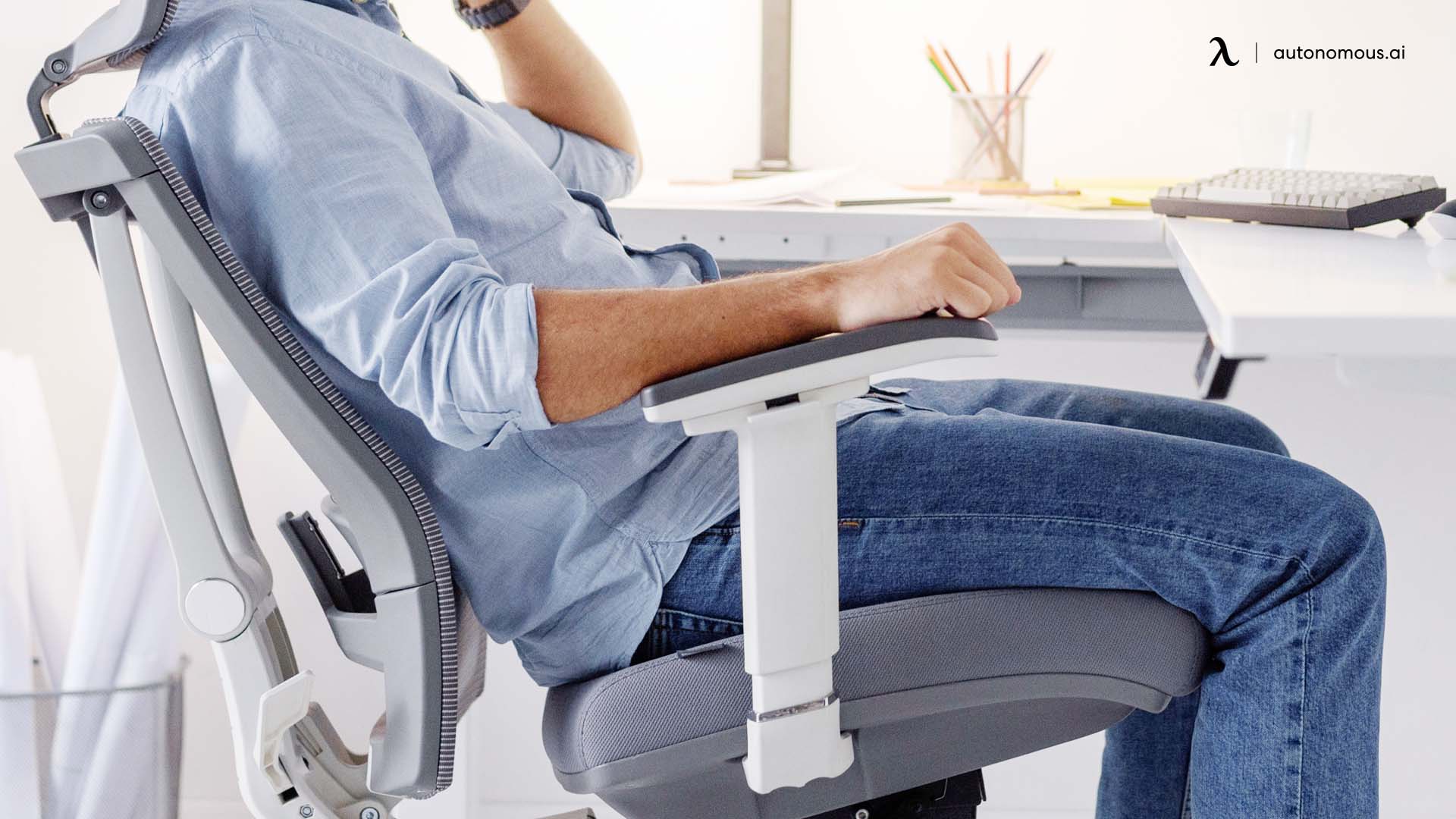
Why Does Your Chair Keep Sinking?
When your office chair won’t stay up, it’s most likely due to a malfunction in the gas lift or pneumatic cylinder, which controls the chair's height adjustment.
Below are the main reasons why this happens:
1. Worn-Out Gas Cylinder
- Seal Degradation:
The gas cylinder has internal seals that trap pressurized gas. With constant use, these seals can degrade, often due to dust, heat, or moisture exposure. Once degraded, the gas can escape, causing the office chair that won’t stay up.
If you’re looking for more information on how this part works, you can read our comprehensive article about office chair hydraulic cylinders.
- Frequent Use:
Regular height adjustments put extra stress on the seals, which can wear them out faster, , resulting in your computer chair won’t stay up.
2. Pressure Loss
- Micro-Leaks:
Tiny leaks in the gas cylinder may develop over time, letting gas escape slowly. These leaks are often too small to notice but lead to a gradual loss of pressure.
This is a common reason why your computer chair won’t stay up and can be difficult to notice until it becomes a bigger issue.
- Gas Permeability:
The gas used in the cylinder can slowly seep through the cylinder’s material over time. This gradual loss of gas makes it harder for the chair to stay at the right height.
3. Mechanical Failure
- Seal Failure:
The seals inside the cylinder are essential for maintaining pressure. If these seals fail, the chair can no longer stay at the desired height.
- Valve Issues:
The valve inside the gas cylinder controls how gas is released and retained. If it gets clogged or damaged, it won’t be able to regulate the chair’s height properly.
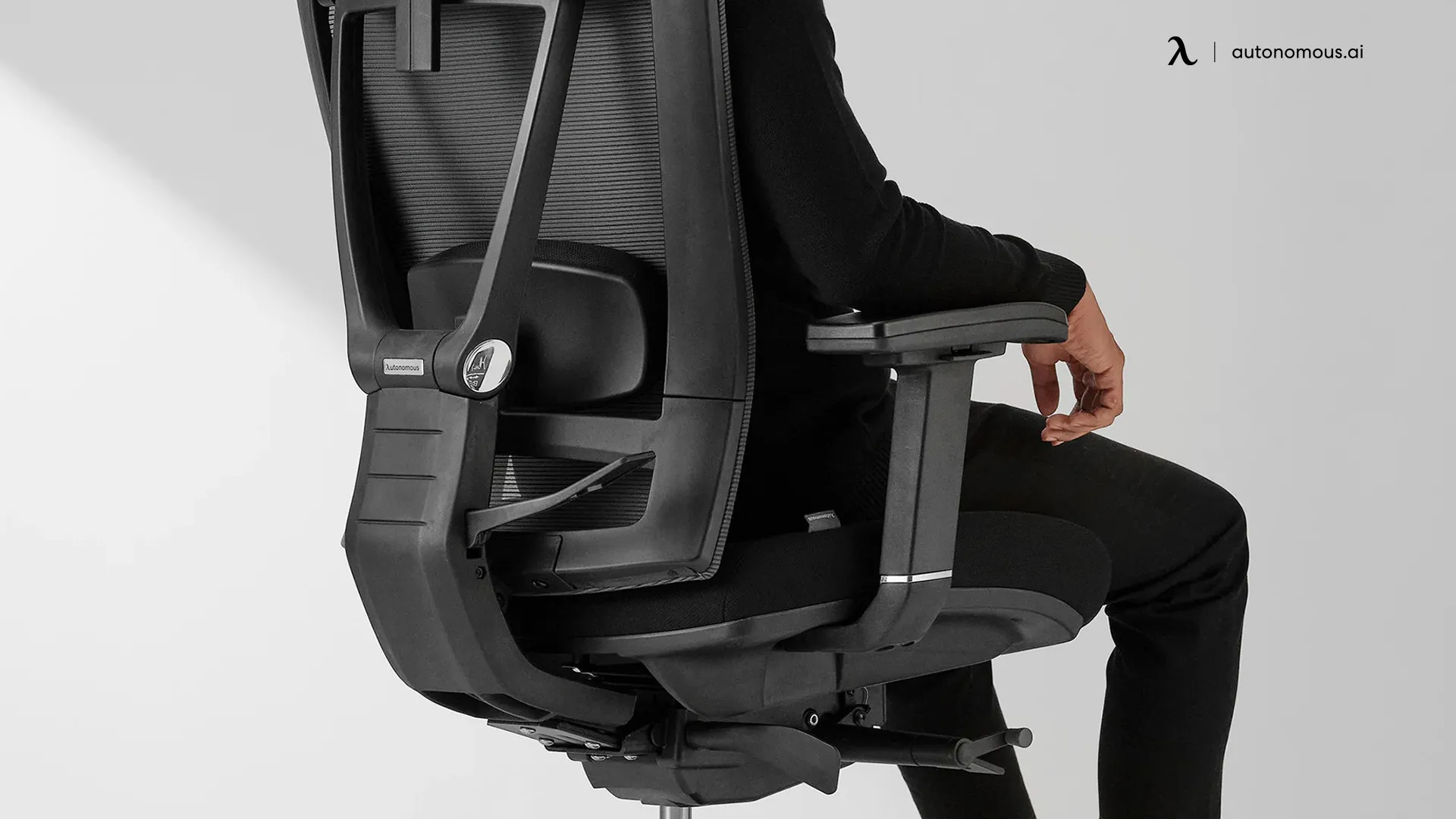
4. Excessive Weight
- Overloading:
Every chair has a weight limit, and consistently exceeding this limit can strain the gas lift and other components, which can lead to your computer chair won’t stay up.
If you're looking for a chair designed for heavy use instead of a normal office chair, check out our picks for the best heavy weight office chairs.
- Impact Stress:
Dropping into the chair or sitting down heavily can cause damage to the gas cylinder, leading to loss of pressure.
5. General Wear And Tear
- Material Fatigue:
Over time, the materials inside the gas cylinder can wear down due to constant use.
- Environmental Factors:
Exposure to dust, moisture, or extreme temperatures can accelerate the breakdown of the gas cylinder’s parts.
You can consider investing in some office chair accessories to keep your chair in good condition.
If your computer chair won't stay up, it can affect your posture and comfort, potentially leading to neck or back strain. It’s important to address this issue as soon as possible to maintain your well-being while sitting.
5 Simple Steps To Fix An Office Chair That Won't Stay Up
There are several DIY solutions you can try to fix the problem before deciding to replace the entire chair. While these fixes may not always work in severe cases, they are worth trying first.
Here’s a quick and simple guide to fixing your computer chair that won’t stay up. Let’s dive in:
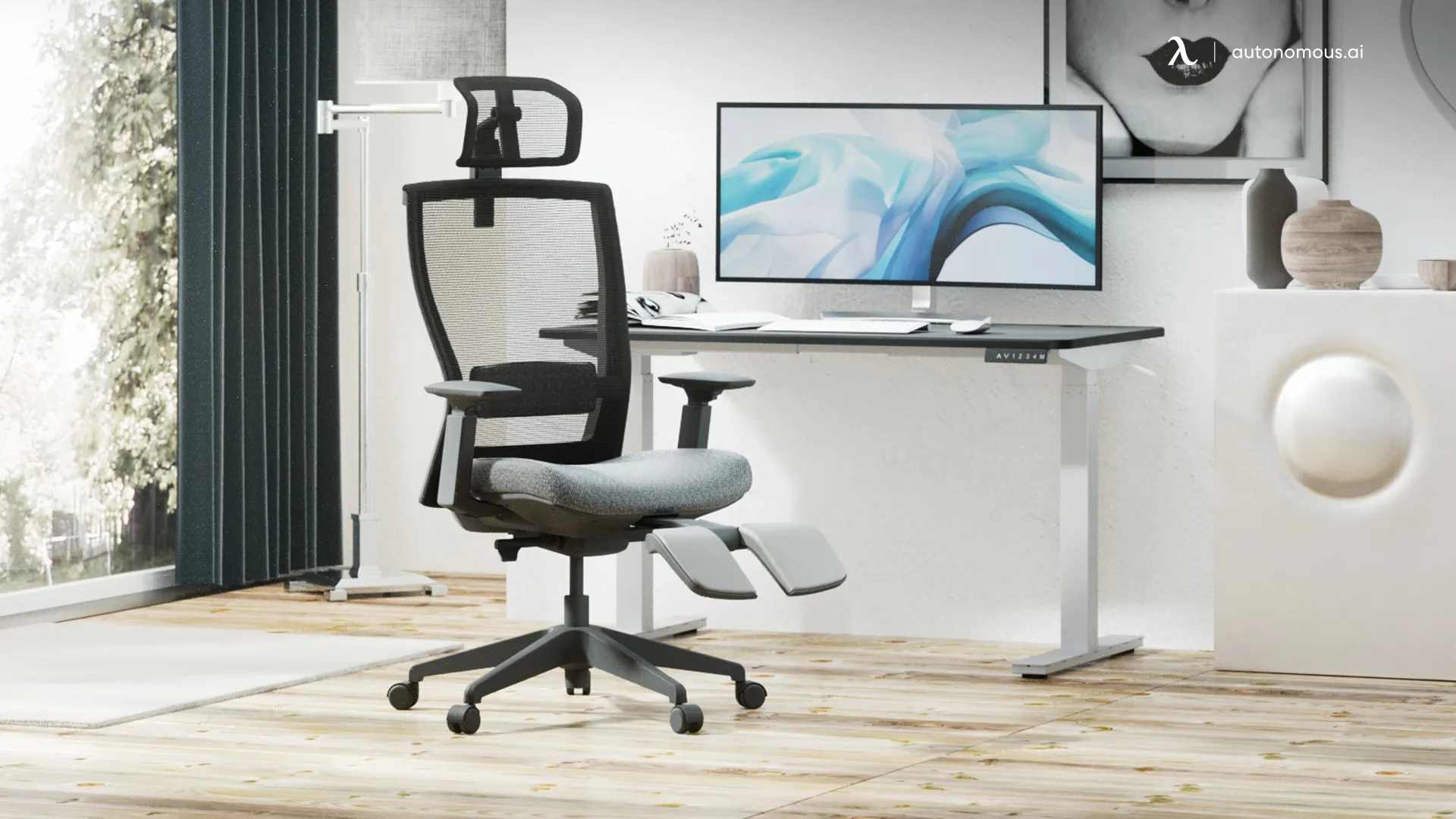
1. Use A Hose Clamp
One of the most common solutions to fix an office chair is to use a hose clamp. It's easy, cheap, and you can do it at home in just a few minutes – you don't even need to disassemble the office chair.
How To Do It:
- First, expose the metal tube of the gas cylinder by removing the plastic covering (most executive office chair parts have a plastic skin that hides the tube).
- Slide the hose clamp around the exposed cylinder and tighten it just enough to keep it in place.
- This step prevents the gas cylinder from losing pressure, helping to keep the chair at the right height.
If you’re not sure how to adjust your chair for the right height, check out our guide on ideal office chair height.
2. Adjust The Chair To The Height You Want
Once the cylinder is exposed, adjust the chair to your preferred height. A good rule of thumb is to have the seat level with your knees when standing.
Tip: If the chair is so damaged that it won’t stay up even when not in use, lay the chair on its side to adjust the height properly. If you need additional height adjustments, consider using chair leg extenders.
3. Grab The Cylinder And Wrap The Hose Clamp Around It
After adjusting the height, grab a hose clamp (also known as a jubilee clip). Loosen the screw and slide the clamp around the exposed metal cylinder.
Tip: To improve the grip, wrap a strip of rubber or duct tape around the cylinder before placing the hose clamp. This will help the clamp hold the cylinder tightly.
4. Tighten The Hose Clamp
With the clamp in place, tighten it as much as you can while ensuring the chair is still at your correct height.
How To Tighten: Slide the clamp up to the top of the cylinder and tighten it by rotating the screw until it's snug and secure.
5. Test The Chair
Once the clamp is tightened, test the chair by sitting in it. It should now stay at the height you set.
If the chair still sinks, try adjusting the clamp higher or lower on the cylinder. If the clamp slides off, simply add another layer of rubber or duct tape to secure it.
Furthermore, sometimes the clamp might slide off. In that case, grab a strip of rubber and fasten it to tighten it again.
If you encounter more significant issues with the chair, like problems with the base, it might be time to remove the office chair base and replace it. This can help resolve deeper mechanical problems that a simple fix won't solve.
However, if you’re dealing with more serious issues—like a damaged base or malfunctioning mechanism—it may be time to remove the office chair base and replace it altogether. For a breakdown of what can be replaced and how, check out this guide on office chair replacement parts to find the exact components you need.
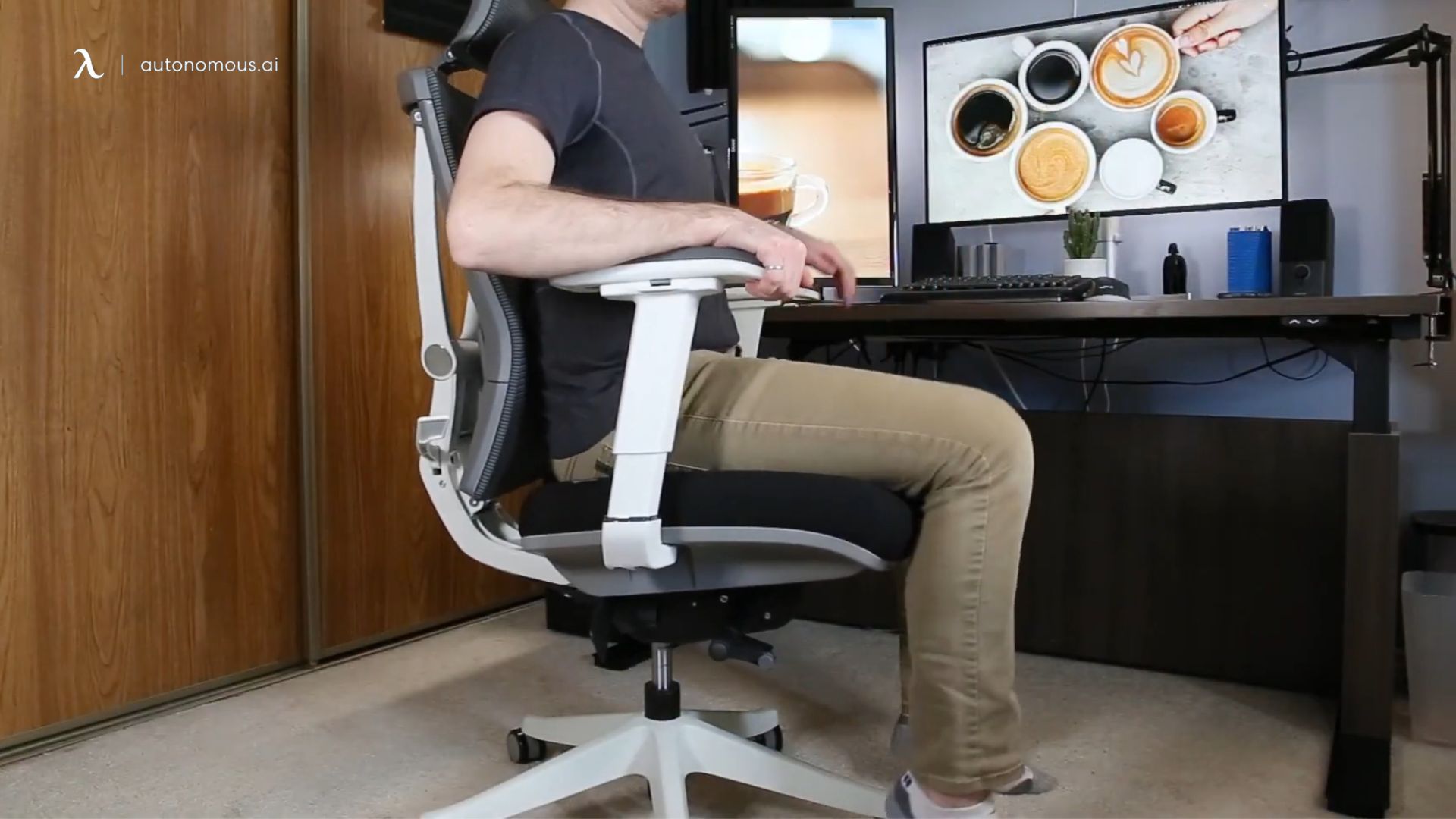
Pros And Cons Of Fixing Your Office Chair
When deciding whether to fix or replace your chair, here are some things to keep in mind:
Pros Of Fixing Your Office Chair
- Cost-Effective:
Fixing your chair is much cheaper than buying a new one. If you're looking to understand the full office chair cost, the DIY fix is often a fraction of the price of replacing it entirely.
- Quick Solution:
It’s a quick fix that can be done with basic tools, saving you both time and money.
Cons Of Fixing Your Office Chair
- Temporary:
The DIY fix might only be a short-term solution if the damage is severe. If the chair continues to sink or becomes uncomfortable after fixing it, the issue may resurface.
- May Not Work:
If the problem is more complicated, such as a severely damaged gas cylinder or mechanical failure, the fix may not work, and you might still need to replace the chair.
When To Buy A New Office Chair
While you can often fix a computer chair that won’t stay up with these DIY steps, sometimes the issue is beyond repair. If you're wondering why your office chair keeps going down after the DIY process, it may be due to a damaged gas lift or a mechanical failure that can’t be fixed with a simple DIY solution.
If your chair continues to sink or becomes uncomfortable, it may be time for a replacement. Here are signs you need a new chair:
- Persistent Sinking:
If your office chair won’t stay up even after trying DIY fixes multiple times, it may be a sign that the gas lift is permanently damaged. In this case, replacing the chair is a more reliable long-term solution.
- Discomfort:
If your chair no longer provides proper support, causing pain or discomfort, it’s time to consider a replacement. An ergonomic chair can be an ideal option for maintaining comfort and proper posture throughout the workday. You can check out our guide about what an ergonomic chair is to understand how it can support your comfort during long workdays.
Don't know where to start? You can start by understanding the office chair dimensions and the office chair materials that suit your needs best. This will allow you to narrow down the lists and stay in the budget.
For those seeking extra comfort for the current office chair, you might want to explore a thick cushion office chair, which offers added support for long hours of sitting.
- Age and Wear:
Over time, all office chairs experience wear and tear. If the chair is old, the cushioning is flattened, or the mechanisms are no longer functioning correctly, replacing the chair may be more cost-effective than continuing to fix it.
Additionally, if you’ve outgrown your current chair’s height, consider looking into an office chair height extender to ensure it suits your needs better. If the chair is too far gone, investing in a new one designed for comfort and longevity is often the best choice.
FAQs
1. How do I fix my office chair that won’t stay up?
To fix a chair that won’t stay up, you can try using a hose clamp. Expose the metal cylinder of the gas lift, adjust the chair to your desired height, and then secure the hose clamp tightly around the cylinder to prevent the gas from escaping.
2. Why does an office chair keep going down?
An office chair typically keeps going down because of a malfunction in the gas lift mechanism.
This could be due to worn-out seals, pressure loss from micro-leaks, or mechanical failure in the valve or cylinder. These issues prevent the chair from holding its height.
3. Can chair hydraulics be fixed?
Yes, chair hydraulics can often be fixed. If the issue is with the gas lift, you may be able to restore its function with a hose clamp, though this is a temporary solution.
For more permanent fixes, you might need to replace the gas lift or the entire chair, depending on the severity of the issue.
4. How to fix an office chair that keeps leaning back?
If your chair keeps leaning back too much, it could be due to an issue with the tilt mechanism or the tension adjustment.
Check the tilt tension knob (usually located under the seat) and adjust it to control the amount of resistance when leaning back. If this doesn’t solve the problem, the tilt mechanism may need repair or replacement.
5. What’s the best way to prevent the gas cylinder from failing again?
To prevent future issues, avoid putting excess weight on your chair and avoid frequent, sudden adjustments.
Regular maintenance, such as cleaning the chair and keeping the cylinder free of dust, can also help prolong its lifespan.
6. How do I know if my chair’s gas cylinder is completely damaged?
If your chair sinks even after trying the DIY fixes, or if you notice visible damage to the gas lift, such as dents or cracks, it’s likely time to replace it.
.webp)
Conclusion
Fixing a sinking office chair is often a quick and affordable solution, but it’s important to know when to replace it if the issue persists.
By following these easy steps, you can restore your chair’s functionality and avoid unnecessary costs. However, if your chair continues to sink or becomes uncomfortable to use, investing in a new ergonomic chair might be the best choice for your comfort and health. You may want to explore low-profile office chairs or bulk office chairs for more versatile options suited to your workspace.
If you’re interested in getting know more about your office chair, check out our article about office chair explosion.
Spread the word
.svg)

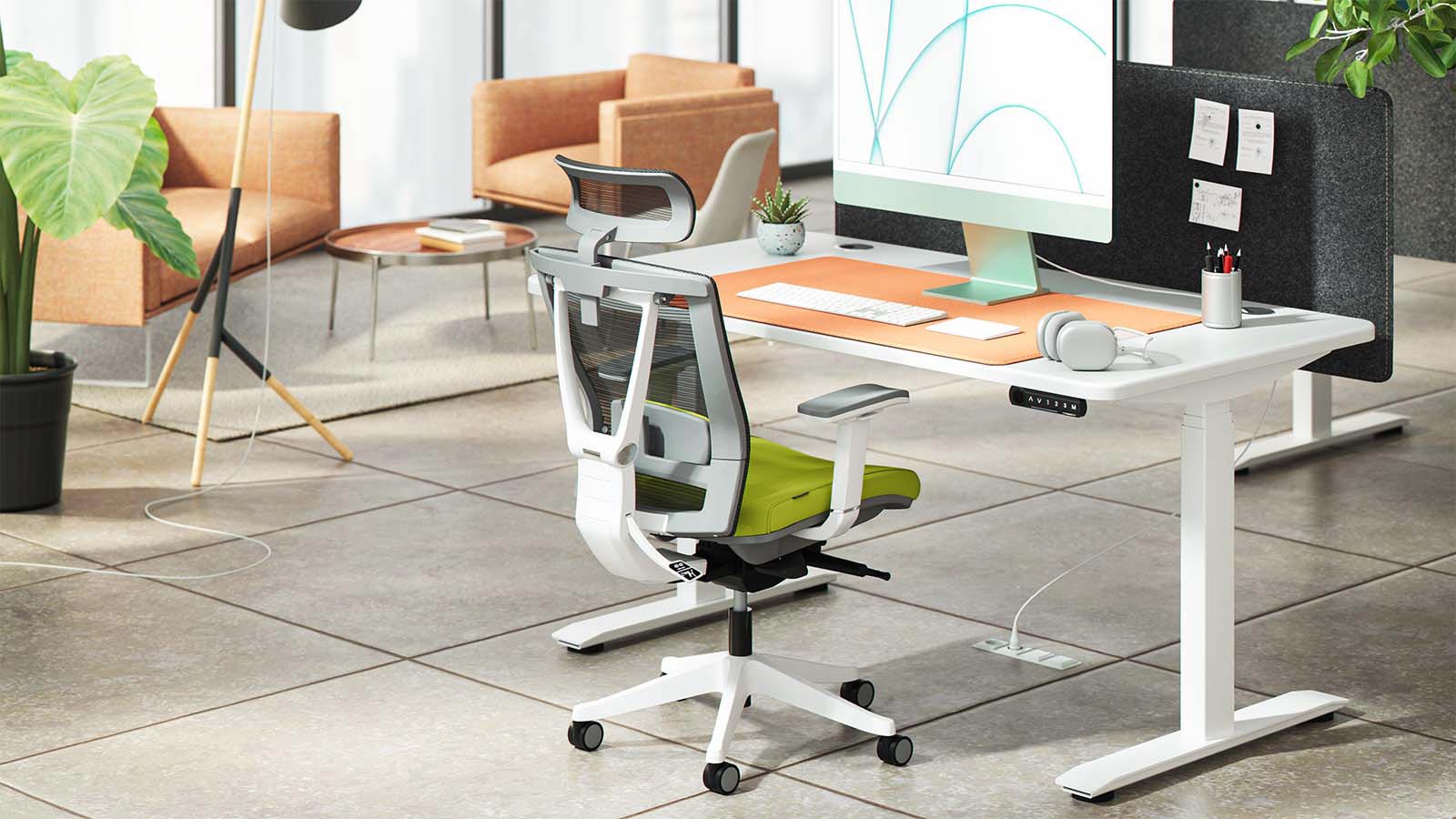

.jpg)






